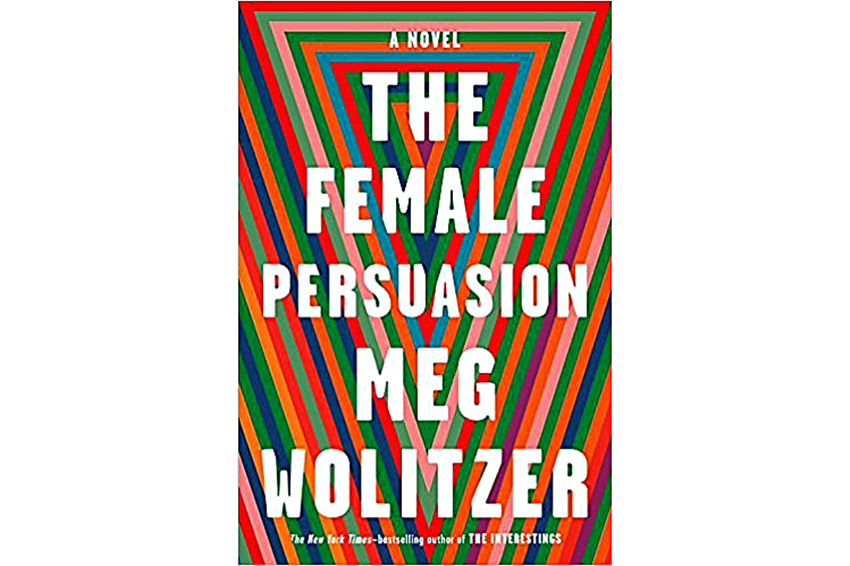With faulty feminism and stunningly real characters, Meg Wolitzer’s extraordinarily mediocre “The Female Persuasion” inadvertently makes a perfect case for everything wrong about outdated activism.
A tale of feminism and the age-old battle of finding yourself, “The Female Persuasion” follows young Greer Kadetsky and fictional feminist icon Faith Frank as they try to make a case for old feminism in the modern day.
We are first introduced to Greer Kadetsky as she attempts to navigate her first weekend at Ryland College. Greer is incredibly smart but hopelessly shy, devoted to her boyfriend and lacking of any real identity of her own. Soon, Faith Frank, described as “a step down from Gloria Steinem,” comes to give a talk at the college. After watching Frank speak, Greer becomes infatuated and begins to devote her life both to feminism and to Faith Frank, eventually securing a job at Frank’s foundation.
Greer is the saving grace of “The Female Persuasion.” Wolitzer’s ability to capture the utter regularity and realness of a young woman should be commended. Greer is nothing special, her life is not terribly bad or exceptionally good, she is incredibly naive, she is not witty nor memorable in any way. Greer reminds me much of myself and the girls I met during my first year of college — she is still on the brink of finding herself and her place in the world. While as our main narrator she can occasionally come off as annoying, it’s the kind of annoying you associate with your younger, less knowledgeable self.
The glaring issue with “The Female Persuasion” is its failure to understand modern feminism. The type of feminism that both Frank and Greer preach is in the vein of ‘70s feminism — when the focus still remained on the cis-white-heterosexual woman and left little room for anyone else. Wolitzer seems to focus on sects like corporate feminism, but never once discusses the other factors that go into misogyny. Wolitzer’s failure to address any version of intersectional feminism, or any version that doesn’t focus solely on white women, may have stemmed from the fact that Wolitzer herself is an older white woman and is simply regurgitating the version of feminism she grew up with. Intersectional and modern feminism is about supporting all women, and Wolitzer’s book seems not to ever understand or even grasp that change.
In addition to its failures on the feminist front, “The Female Persuasion” also wraps up a little too cleanly. For a book that succeeded so well at feeling realistic, the ending seemed to get wrapped up in a pretty little bow. The book flashes forward in its closing pages, and we see Greer living a completely underwhelming and complacent life. Not to say this kind of life can’t, or doesn’t happen, but the structure and pleasantness of the book’s conclusion leaves the reader feeling disappointing and dissatisfied. The entire books sets up massive character development for Greer, but the ending leaves us with a version of her that feels identical to the one we first met.
“The Female Persuasion” is an intriguing story that falls flat due to its author’s lack of understanding of the modern day world and the modern day feminist. Wolitzer, who is saved only by the authenticity of her main character, would be better off doing a little more research before her next book.
- Page Count: 464
- Rating: 2/5















